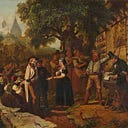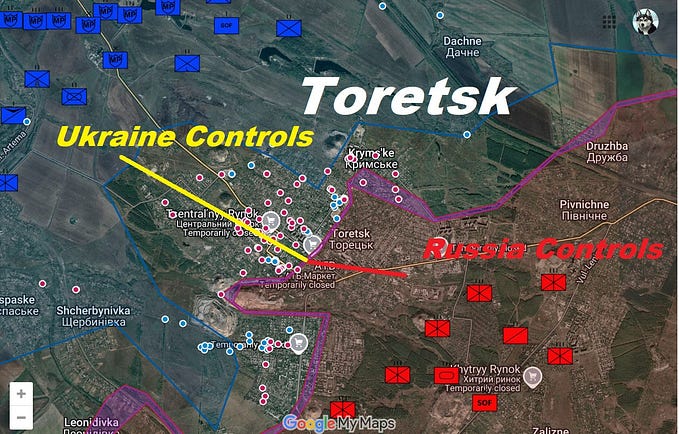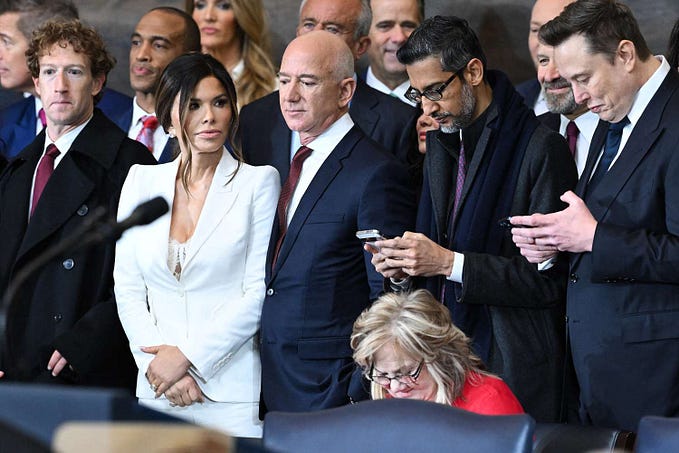Member-only story
RACE, POLITICS, AND PROTESTS
Specters of Malcolm X and Martin Luther King Haunt US During George Floyd Protests
The philosophical clash between two titanic figures — Malcolm X and Martin Luther King — over the nature of social change for the Black rights movement recurred during the George Floyd protests.

As George Floyd protests have already reshaped the current course of racial politics in the U.S. political landscape, what kind of political message more resonated with the protesters appears as a vexing question with a nod to the two iconic figures of the 1960s — Malcolm X and Martin Luther King Jr. Two leaders, both victims of assassinations, have perpetually dogged the debate within the black rights movement over subscribing to which path — an unyielding resistance (by any means necessary) to the systematic racism and structural inequality (espoused by Malcolm) or upholding the mantra of peaceful protest and civil disobedience (embraced by King Jr.), since the 1960s.
The specter of the two leaders haunted the U.S. society again as the country was roiled by monthlong protests across the nation in public condemnation of the police brutality against black people after the tragic death of…









